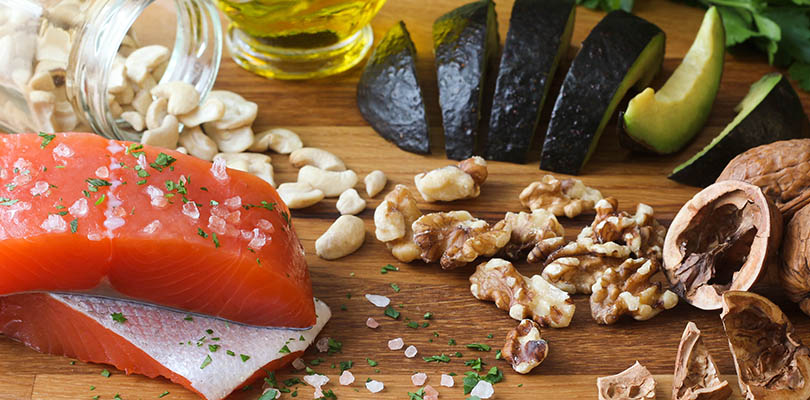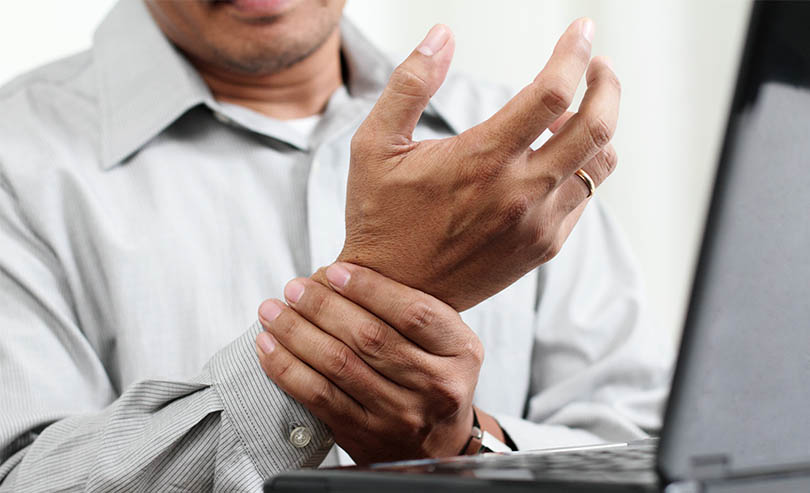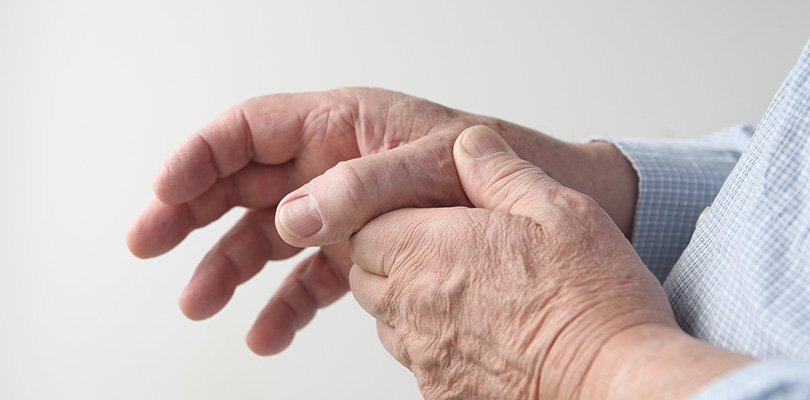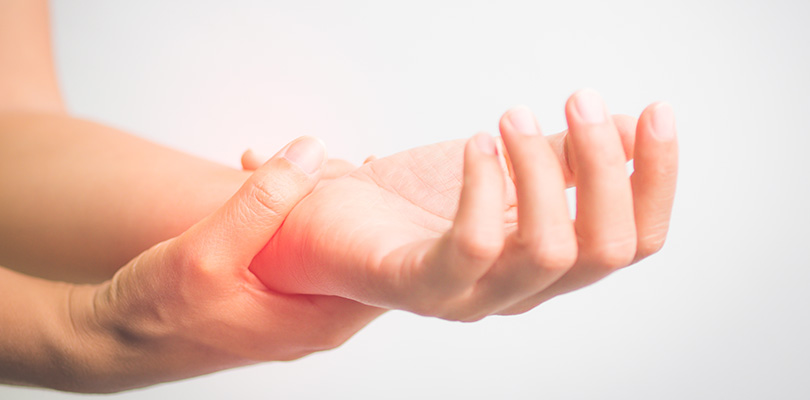4 Helpful Tips for Gout Flare Up
As a registered nurse, I have taken care of patients in excruciating pain.
For example, I have administered morphine to patients post-open heart surgery. I have tended to patients with broken bones. I have cared for patients with pancreatitis.
What rivals that pain?
A person experiencing a gout flare-up.
In addition to seeing patients during a gout flare-up (or another health crisis landed them in the hospital,) I have seen multiple family members shoulder through flare-ups.
Over the years, I’ve learned a few ways to get through the gout flare-up – and today, I’ll share these tips with you.
1. Rest
Sit down and rest!
We’re so busy that we're running around everywhere. We feel like we have to keep going or we’ll never stay ahead.
Additionally, your physician probably told you that exercise is good for gout. Yes, this is partially correct.
According to WebMD, a moderate exercise program coupled with weight control is recommended for gout control. This is because losing weight and maintaining weight loss may prevent gout flare-ups from occurring in the first place.
However, this is an exception. Exercising during a gout flare-up is not only excruciatingly painful, but it can be harmful. The joint is inflamed and putting it through a range-of-motion while it is inflamed can be damaging.
So, rest that joint during the flare-up and for a full 24 hours after you’re feeling better. And all of those tasks that you’re leaving undone? You can come back to them tomorrow.
2. Apply ice
I prefer to apply heat to any joint that is sore. It feels good. Using heat to a joint that is already inflamed can, however, cause further inflammation.
Ice can be applied to the affected joint. The coolness from the ice is known to reduce inflammation. It also has a numbing effect, and that can temporarily improve the pain!
Ensure that you’re not applying the ice directly to the skin. Use a barrier, such as a washcloth or a towel, between your skin and the ice.
And importantly – only apply for several minutes at a time. If you apply the ice for an extended period, you can risk damage to the skin’s surface, especially if you have circulation issues.
It may seem suspiciously low-tech, but breathing exercises for arthritis pain is a legitimate therapy — and one that’s growing in popularity.
3. Stay hydrated
Your physician probably tells you to drink plenty of water every time you see him or her. It may seem that water is the remedy for everything.
Well, guess what? Water is nature’s best medicine.
According to the Arthritis Foundation, getting eight to sixteen glasses of water daily during a flare-up can flush the excess uric acid out of the affected joint or joints.
When you don’t have the uric acid build up in your joints, your pain will diminish. Not only that, but it can also prevent kidney stones, which can also occur in conjunction with a gout flare-up.
4. Take your meds, STAT
Certainly, you’re taking a daily medication. However, do you have a plan in place for when a flare-up occurs?
Typically an over-the-counter pain medication, such as ibuprofen or naproxen, can be taken at the onset of the flare-up.
For most people, these medications are effective at reducing gout pain if taken at the onset and if taken around-the-clock until the pain subsides, especially if other remedies, such as rest and ice, are used in conjunction with the pain medication.
Ibuprofen and naproxen are effective because they are non-steroidal anti-inflammatory drugs (NSAIDs.) Not only do they reduce pain, but they also decrease the inflammation that occurs as a result of the gout flare-up.
Your doctor may have prescribed a prescription-strength medication to be used at the onset and during a gout flare-up. If so, take the medication as prescribed by your physician.
It is recommended to avoid taking aspirin during a gout flare-up because aspirin can worsen inflammation during a gout flare-up.
Discuss your pain-reduction strategy with your physician, ideally before the flare-up occurs.







